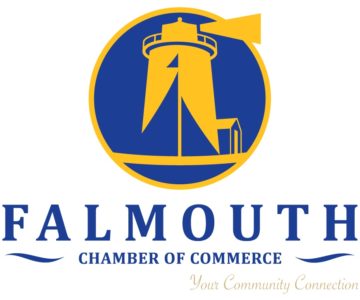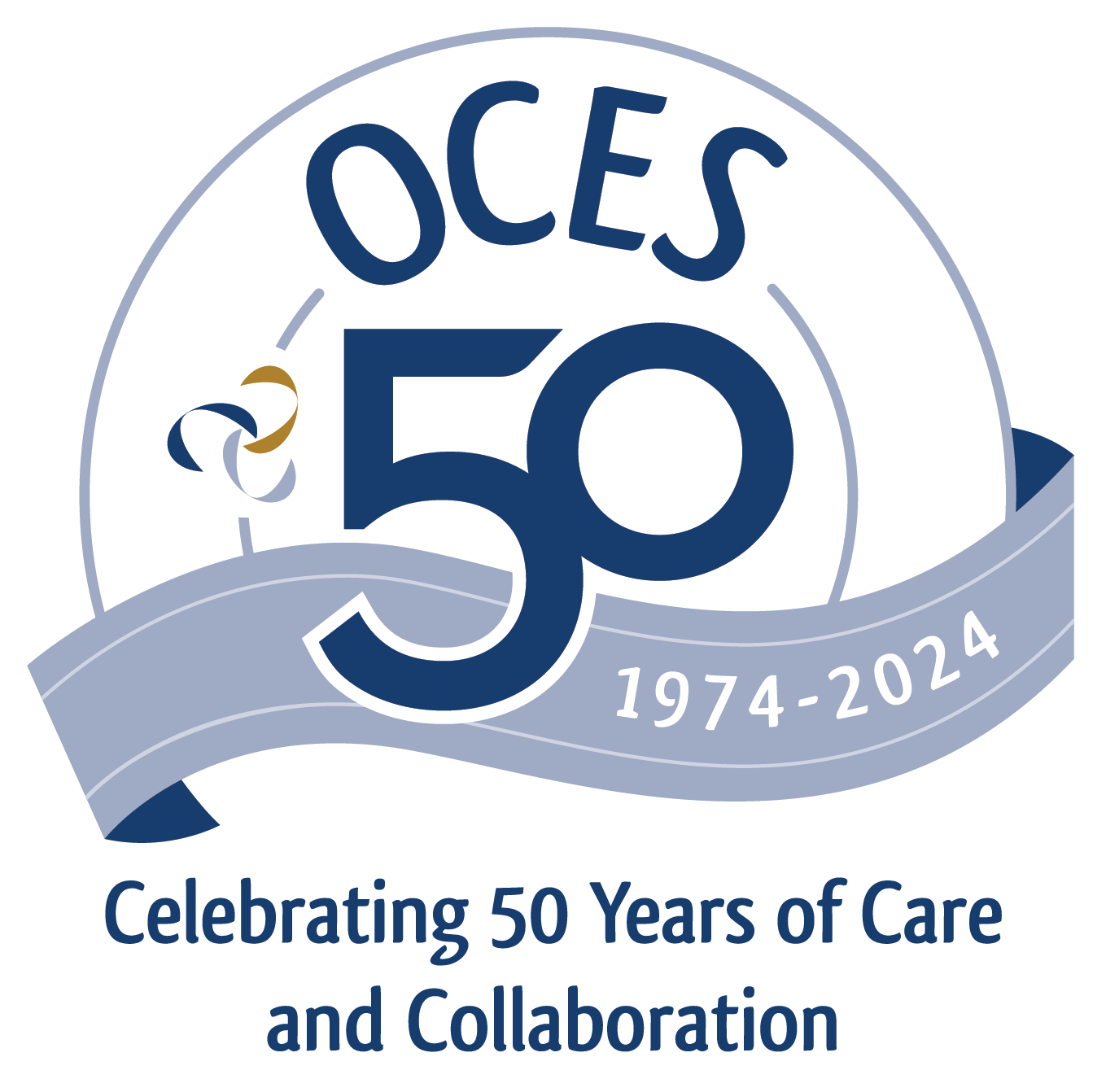By Ksenia Pryme
This is Part I of a two-part series on affordable housing in our community. Part II will be published in our June issue.
Workforce housing is generally understood to mean affordable housing for people who work in the “essential industries” − industries required for economic prosperity of a given community. These industries typically include public safety, healthcare, education, and skilled trades. Industries evolve over time. For example, on Cape Cod, commercial fishing has long been the dominant industry. Cape Cod has now evolved into a year-round, world-class travel destination, changing the workforce demographic to include hospitality and dining and the industries that support them, such as construction, landscaping, and other related trades. One of the greatest challenges facing the region is the ability to grow and sustain a vibrant economy along with a workforce to support our essential industries, whether that’s through retention of Cape-born workers or attracting workers from outside the region.
Cape’s higher-than-state-average housing costs and lower-than-state average wages are contributing to affordability gaps, which occur when workers’ earned income is insufficient to secure quality housing within reasonable proximity to their workplace. As an example, according to the 2014 Barnstable Housing Needs Assessment, in the Town of Barnstable the difference between the median sales price of a single‐family home and the sales price affordable to a household with the town’s median income was $165,500. This data clearly identifies that in order for the Cape to be viewed as a desirable place to live, work, and raise families, there needs to be housing available that meets affordability criteria.
What is affordable?
The US Department of Housing and Urban Development generally considers housing as affordable if gross rent, including cost of utilities, is not more than 30 percent of a household’s net adjusted income, or if the carrying cost of purchasing a home (mortgage, homeowner’s association fees, property taxes and insurance) is not more than 30 percent of net adjusted income. Affordable housing can also be defined according to percentages of area median income (AMI). Communities may offer subsidized housing for those who cannot afford to pay market cost for housing. Generally, housing subsidy programs are targeted to households with particular income ranges depending upon programmatic goals: from extremely low-income households (30 percent AMI) to very low-income (50 percent AMI), and low- to moderate-income (51 percent to 80 percent AMI). Buyers meeting the affordable housing criteria are typically selected via housing lotteries which ensure fair distribution of affordable housing. Lotteries are designated for individuals that meet financial criteria and, in some communities with affordable housing waitlists, applicants may also need to meet additional criteria such as first-time homebuyers, currently reside in the community, employee of a local business, municipal employee, a household with children attending local school system, and those over 55 who meet certain income/asset guidelines.
Next issue: Part II will address how to close the affordable housing gap.
Ksenia Pryme is a Marketing Coordinator for Coastal Engineering Company Inc. She can be reached at kpryme@coastalengineeringcompany.com or (508) 255-6511.
This article was published in the May 2017 issue of Cape & Plymouth Business.
Housing: Affordable workforce housing on Cape Cod

Select to Read Similar Content:




















